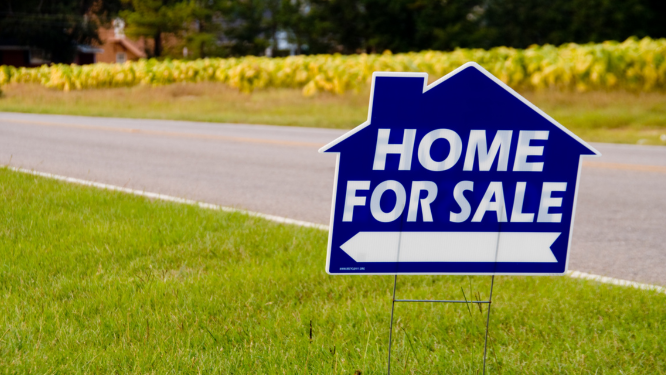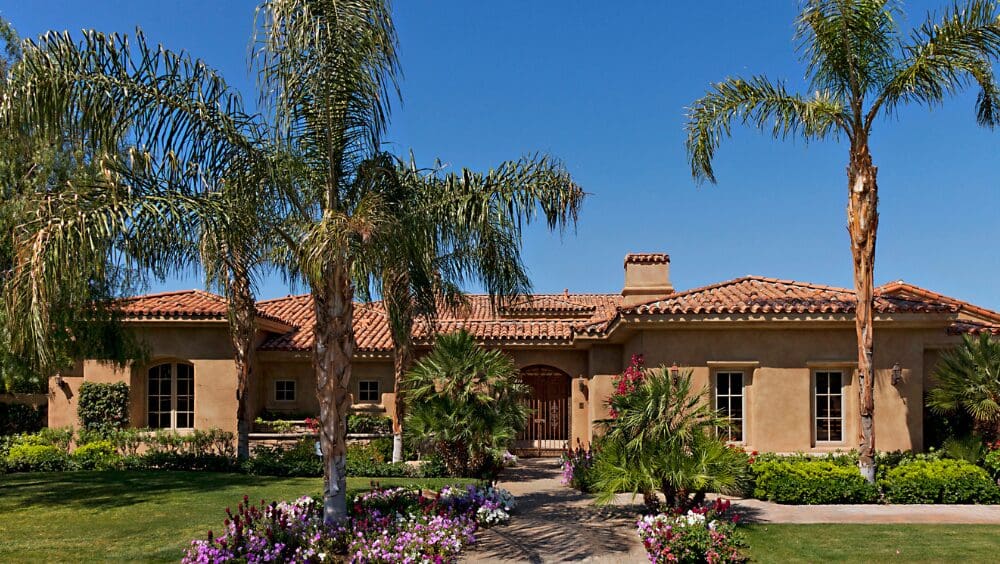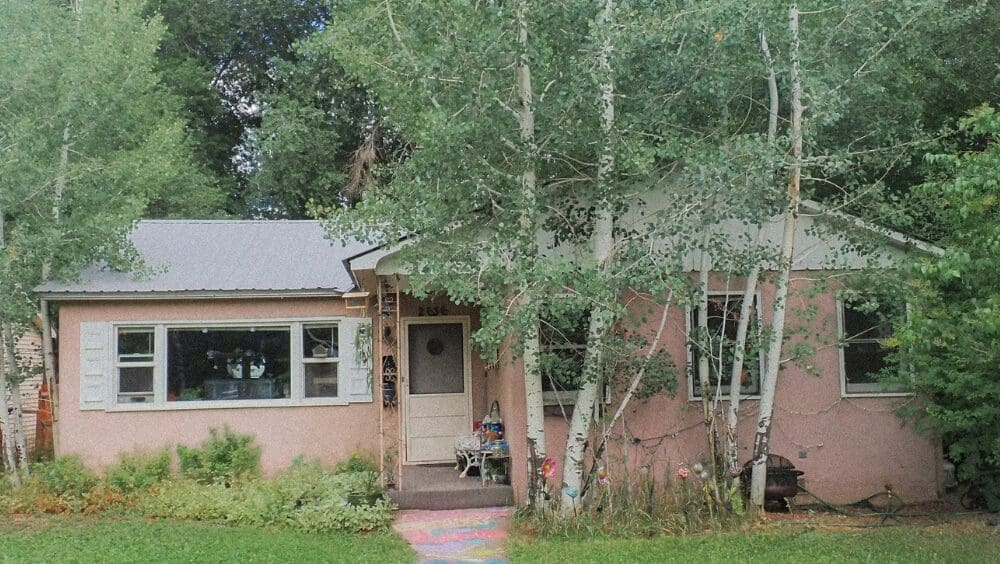
Embarking on the journey of selling your home can be both exciting and a bit overwhelming. Among the multitude of factors to consider, understanding the financial aspects, including real estate listing fees, is crucial. These fees can significantly impact your overall profit, and it’s important to have a clear understanding of what they entail from the outset. A real estate listing fee might seem like just another term in the complex world of real estate, but it plays a significant role in the home-selling process. Grasping what a listing fee is, who pays it, and when it is paid can help you navigate your home sale more effectively and potentially save you money. With that in mind, let’s dive into the specifics and explore what a real estate listing fee is, how it might affect you as a homeowner, and what you can do to ensure you’re making the most financially sound decisions when selling your house. A real estate listing fee, also known as a seller’s agent fee, is essentially the cost you pay to a real estate agent for listing your property for sale and providing associated services. This typically includes marketing your property, scheduling and conducting showings, and guiding you through negotiations and the closing process. It’s traditionally calculated as a percentage of the final sale price of your home and is usually split between the seller’s and the buyer’s agents upon the successful completion of the sale. The cost of a listing fee can vary considerably, typically ranging from 2.5%–3% of the final sale price of your property. For instance, if you’re selling a home for $400,000 with a listing fee of 3%, you could expect to pay $12,000 in listing fees. However, these fees represent the fee paid to the listing agent. Sellers are typically also on the hook to pay the buyer’s agent commission as well. As HomeLight Elite Real Estate Agent Kim Alden, serving the Chicago area with 18 years of experience, explains: “Every company has a commission fee that they charge. Fees vary. There’s not any fee that is locked in. Those fees can be negotiable, you’re going to see everything from 7% to probably 3%, and it’s like the saying goes, ‘You get what you pay for.’ Obviously, there’s always going to be a discount broker, and there’s always going to be a luxury broker, and everything in between them.” It’s important for sellers to understand and discuss these fees with potential agents before signing any listing agreements. The listing fee is indeed different from the total commission. While the listing fee is a part of the total commission, it specifically refers to the amount that the seller pays to their real estate agent for listing and marketing the property. The total commission, on the other hand, typically ranges from 5% to 6% and includes both the listing fee and the buyer’s agent commission. Essentially, the total commission is generally split between the seller’s agent (the listing fee) and the buyer’s agent, each receiving a commission in the range of 2.5% to 3% of the final sale price. This split of the commission is a standard practice but can sometimes vary based on the agreement between the seller and their agent. To see how much total commission you might pay in your area, try HomeLight’s agent commission calculator.What is a real estate listing fee?
How much does a listing fee cost?
Is the listing fee different from the total commission?



